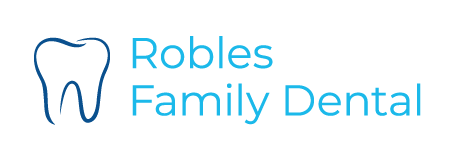Post-Sedation Care and Recovery
Proper post-sedation care facilitates safe recovery and optimal treatment outcomes. Patients must arrange for transportation home, as driving is prohibited for several hours after most sedation procedures. Having a responsible adult companion during recovery provides additional safety and support.
Recovery instructions vary depending on the type of sedation used, but generally include guidelines for eating, drinking, and activity levels. Most patients can resume normal activities the day after treatment, though some grogginess may persist. Following post-treatment instructions carefully minimizes complications and promotes healing.
Pain management after sedation procedures is typically straightforward, as many patients experience less post-operative discomfort than those who receive treatment without sedation. The relaxed state during treatment often translates to reduced inflammation and faster healing.
Managing Costs and Insurance Coverage
Most dental insurance plans provide limited coverage for sedation, typically only when medically necessary, rather than for anxiety management alone. However, the benefits of receiving needed dental care often outweigh the additional costs.
Payment options and financing plans can make sedation dentistry more accessible. Many patients find that consolidating multiple procedures under sedation actually reduces overall costs by minimizing the number of appointments and time away from work. The prevention of more serious dental problems through timely treatment also provides long-term financial benefits.
Cost considerations should be balanced against the value of receiving necessary dental care without stress or anxiety. For many patients, the ability to maintain oral health through regular dental visits made possible by sedation represents an investment in both physical and emotional well-being.




